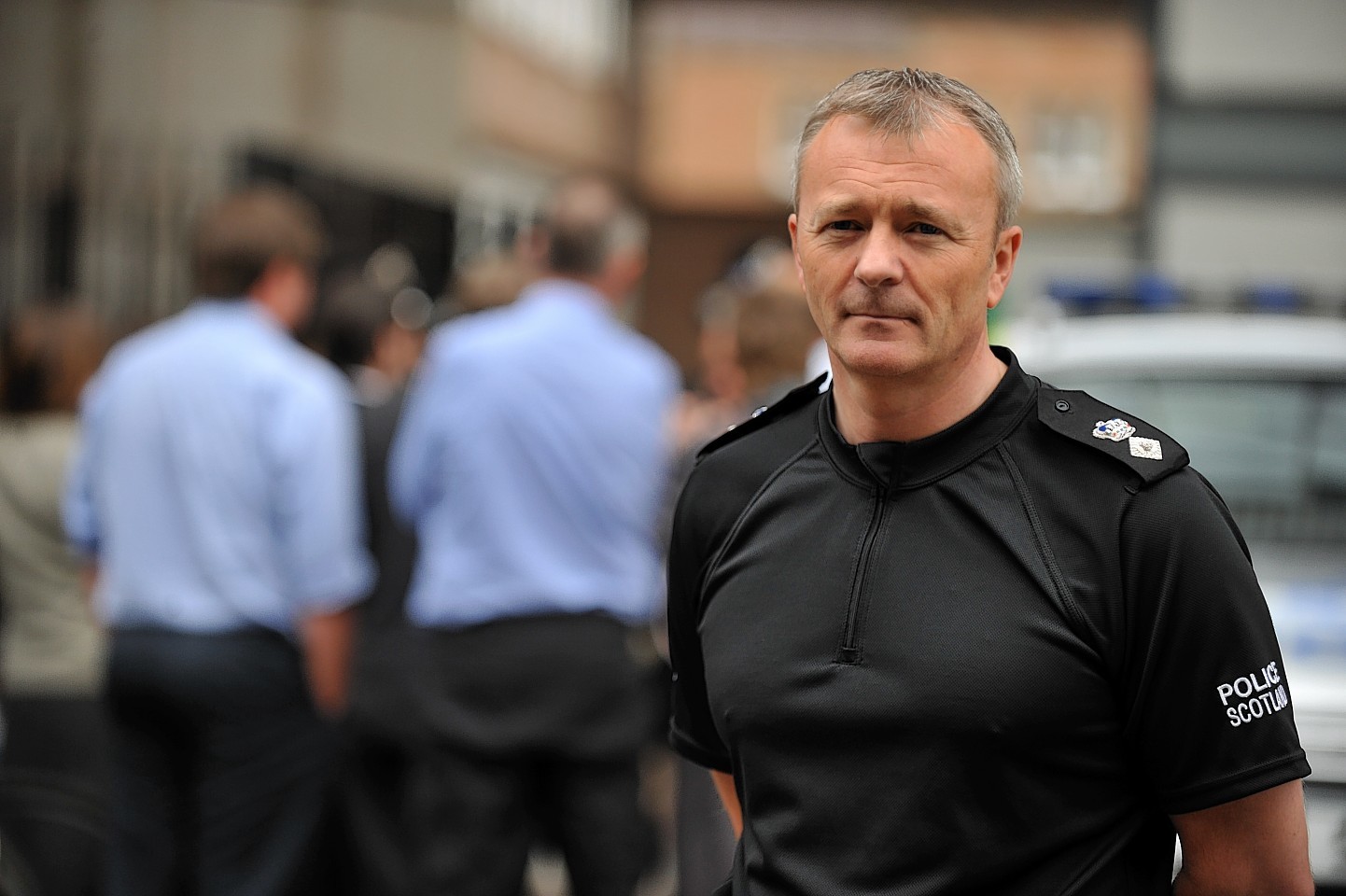The north is bucking the trend of officers and civilian staff leaving the police since the new single force was created last year.
Statistics released last month revealed that since the merger of the country’s eight former forces in April last year, 2,598 employees – 11% of the workforce – had requested either voluntary redundancy or early retirement.
However, the north division, formerly Northern Constabulary, has attracted more than 40 new recruits to the area.
Area commander Chief Superintendent Julian Innes said: “We are one of the very few force areas in the country that is still recruiting.
“There are a very small number of vacancies in the Highlands and islands, but what we are finding is that we are getting a mix of people coming here.
“Some of them have been born and brought up here, and have joined the police, but we are getting people from all over Scotland wanting to come to this particular area.
“There have been 44 people, from different parts of the country, come to us, and that is experienced officers, which is great for me.
“People are realising that it is a very good place to live and bring up their families, and they have started asking for transfers.”
Mr Innes agreed that there had been initial suspicions that there would be a draw in resources to the central belt and people would leave the Highlands for Glasgow and Edinburgh when the national force was launched.
“What we are seeing is the opposite. Because it is a single force, it is so much easier and less bureaucratic for people to leave urban areas and come and work here,” he said.
“We can now move people from Inverness to Elgin, for example, because there is no border, but that would have been a complete transfer application before.”
During the first five months of the new force, there was a 49% increase in the number of officers leaving, excluding those retiring, suffering ill-health, or at the end of their service.
And almost as many officers resigned in the first 15 months of Police Scotland as did during the previous two years.
